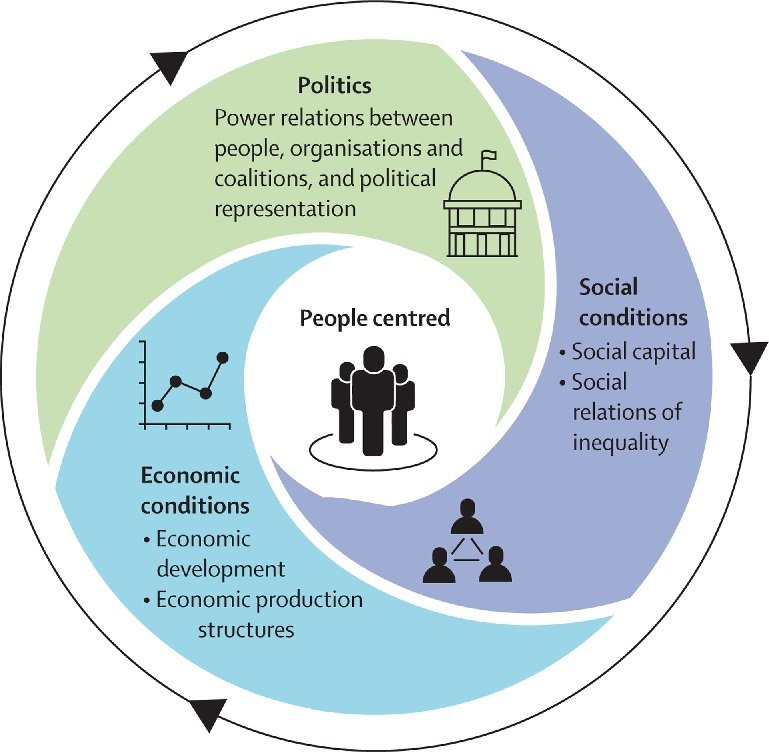In recent years, government health initiatives have become a focal point for ensuring widespread access to healthcare services, particularly in the aftermath of the global pandemic. These initiatives are designed to address the gaps in healthcare coverage that were highlighted during the COVID-19 crisis. By introducing new policies and reforming existing ones, governments aim to provide more inclusive and comprehensive healthcare options for their citizens.
Just as users exploring betting strategies might click here for expert insights on casino platforms, understanding how to navigate government health policies can empower individuals to make better decisions about their care options.
The pandemic exposed significant flaws in healthcare systems worldwide, prompting governments to reevaluate their approach to public health. This evaluation has led to the implementation of various strategies aimed at strengthening healthcare infrastructure and making it more resilient to future challenges. The focus has shifted towards not only expanding coverage but also improving the quality and efficiency of healthcare services.
Overview of Health Coverage Before the Pandemic
Before the onset of the pandemic, health coverage systems varied significantly across different regions, with disparities in access and quality of care. Many countries struggled with inadequate healthcare infrastructure, leaving large segments of the population without essential medical services. This situation was exacerbated by the lack of financial resources, leading to limited access to preventive care and treatment options.
In developed nations, health coverage often relies on a combination of public and private insurance, yet there are still gaps in coverage, particularly for marginalized and low-income groups. These individuals frequently faced barriers to accessing healthcare services due to high costs and complex bureaucratic processes. Consequently, many people went without necessary medical attention, leading to preventable health issues and increased mortality rates.
Developing countries faced even more significant challenges, with healthcare systems often overburdened and underfunded. Limited access to medical facilities and trained healthcare professionals resulted in inadequate care for millions. Public health initiatives in these regions were often under-resourced, making it difficult to address widespread health concerns effectively. The pandemic highlighted these deficiencies, underscoring the urgent need for comprehensive health reform.
Key Changes in Health Initiatives Post-Pandemic
In response to the pandemic, governments worldwide implemented key changes to their health initiatives to better address the needs of their populations. One of the primary objectives was to expand healthcare coverage to include vulnerable groups who were previously underserved. This expansion involved increasing funding for public health programs and reducing barriers to accessing care.
Policymakers have also focused on enhancing the resilience of healthcare systems by investing in infrastructure improvements and workforce development. This includes upgrading medical facilities, increasing the availability of essential medical supplies, and training healthcare professionals to handle emergencies more effectively. By strengthening these fundamental aspects of healthcare, governments aim to ensure that systems can withstand future health crises.
Another critical change has been the integration of technology into healthcare delivery. The pandemic accelerated the adoption of digital health solutions, such as telemedicine, electronic health records, and health information exchanges. These technologies have improved the efficiency and accessibility of healthcare services, allowing for better coordination of care and more informed decision-making by healthcare providers.
Expanding Access to Healthcare Services
Expanding access to healthcare services has become a priority for governments seeking to improve public health outcomes in the post-pandemic era. To achieve this, many countries have introduced reforms aimed at reducing financial and logistical barriers to care. These reforms often involve increasing funding for public health programs and implementing policies that promote equity in healthcare access.
One approach to expanding access is through the establishment of universal health coverage, which aims to provide all individuals with access to necessary healthcare services without financial hardship. This model has been successfully implemented in several countries, resulting in improved health outcomes and reduced health disparities. By ensuring that everyone has access to essential care, governments can address the root causes of health inequities and promote overall well-being.
In addition to financial reforms, governments are also focusing on increasing the availability of healthcare services in underserved areas. This involves investing in the construction of new medical facilities, hiring and training healthcare professionals, and enhancing transportation infrastructure to make it easier for individuals to reach care. These efforts are crucial for addressing the healthcare needs of rural and remote populations, who often face significant challenges in accessing medical services.
Conclusion
Government health initiatives are essential for broadening healthcare coverage and improving public health outcomes in the post-pandemic era. These initiatives address the gaps in healthcare systems that were exposed during the COVID-19 crisis, providing a roadmap for building more resilient and equitable healthcare systems.
By expanding access to healthcare services, leveraging digital technologies, and providing financial support, governments can ensure that their populations have access to the care they need. Community health programs and efforts to address the social determinants of health further contribute to the success of these initiatives, promoting health equity and well-being.



